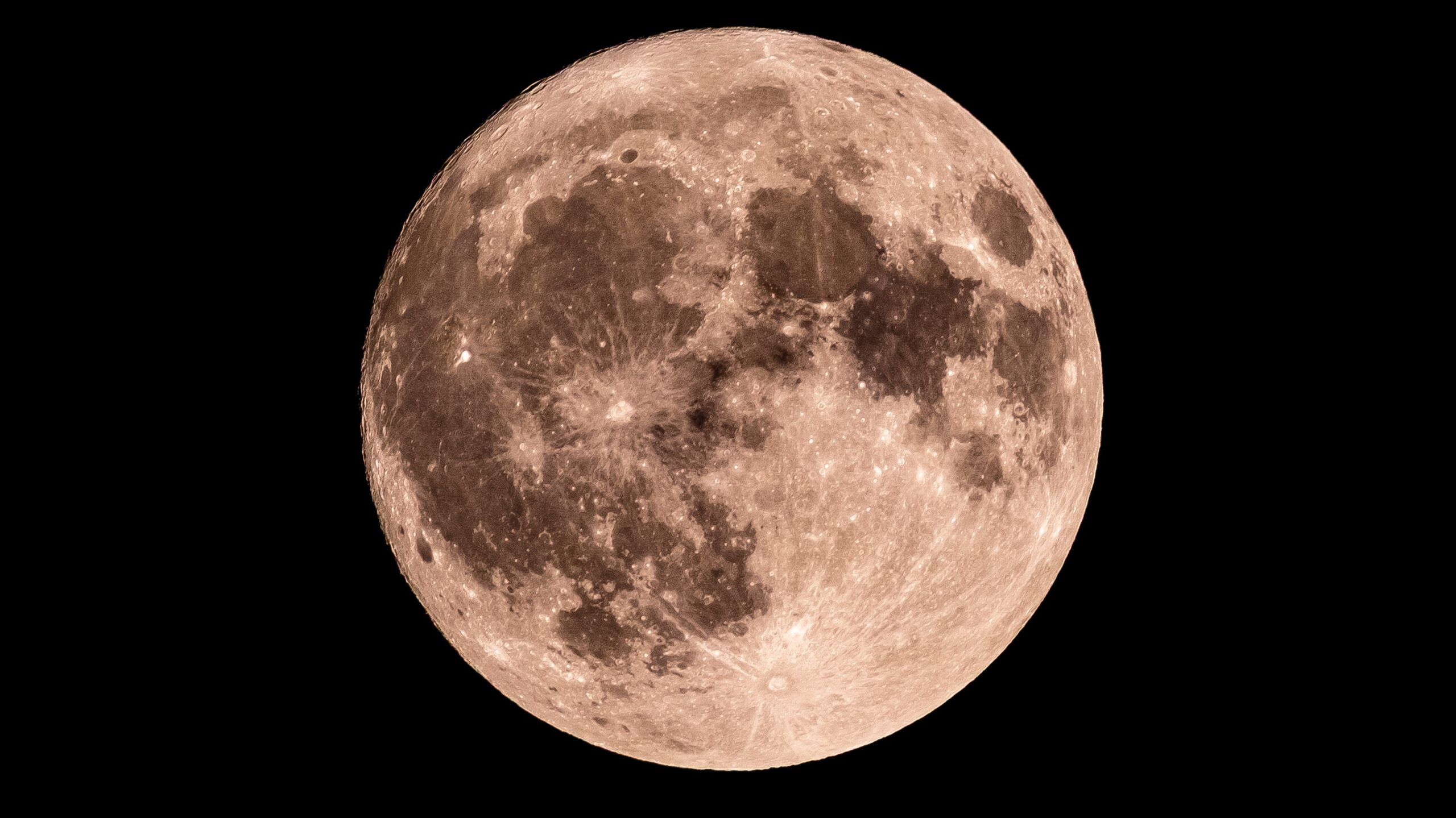Science
Explore the Night Sky: Moon Phase on October 18 Revealed

The moon phase on October 18 is a Waning Crescent, with only 8% of its surface illuminated. This minimal visibility will continue in the coming days, as the moon transitions toward the New Moon phase. According to NASA’s Daily Moon Observation, there is limited sight for stargazers tonight, but those equipped with binoculars or telescopes may observe the Grimaldi Basin, a significant impact crater measuring 124 miles in diameter.
Understanding moon phases is essential for astronomy enthusiasts. The moon follows a cycle of approximately 29.5 days as it orbits Earth, with varying positions of the Sun, Earth, and Moon influencing its appearance from our perspective.
What Are Moon Phases?
The moon’s cycle includes eight main phases, each defined by the proportion of sunlight reflecting off its surface. These phases are:
– **New Moon**: The moon is positioned between Earth and the Sun, rendering it invisible to the naked eye.
– **Waxing Crescent**: A small sliver of light appears on the right side (for observers in the Northern Hemisphere).
– **First Quarter**: Half of the moon is illuminated on the right side, resembling a half-moon.
– **Waxing Gibbous**: More than half of the moon is lit but not yet full.
– **Full Moon**: The entire face of the moon is fully illuminated.
– **Waning Gibbous**: The moon begins to lose light on the right side.
– **Third Quarter (or Last Quarter)**: The left side of the moon is lit, appearing as another half-moon.
– **Waning Crescent**: A thin sliver of light remains on the left side before the moon returns to darkness.
The next full moon will occur on November 5, providing an excellent opportunity for skywatchers to witness the moon at its brightest.
Observing the Moon
While tonight’s view may not be spectacular for casual observers, those with an interest in astronomy can still find value in the night sky. The Grimaldi Basin, with its vast size, is a notable feature that can be identified with the right tools.
Understanding the moon’s phases enriches the experience of observing our nearest celestial neighbor and highlights the dynamic nature of our solar system. As the moon continues its cycle, it invites both casual stargazers and serious astronomers alike to explore its many faces.
-

 Business5 days ago
Business5 days agoUK to Finalize Stablecoin Regulations by 2026, Boosting Crypto Sector
-

 Business5 days ago
Business5 days agoU.S. and U.K. Target Cybercriminal Networks, Seize $15 Billion
-

 Lifestyle5 days ago
Lifestyle5 days agoKISS OF LIFE’s Natty Dazzles in Micro-Shorts at Seoul Event
-

 World4 days ago
World4 days agoMilitary Artillery Plan Sparks Safety Concerns Along California Highway
-

 Sports5 days ago
Sports5 days agoDomenico Doran’s Stellar Performance Leads Bishop Amat to Victory
-

 World5 days ago
World5 days agoTrump Signals Reluctance to Sell Tomahawk Missiles to Ukraine
-

 Business5 days ago
Business5 days agoCalifornia to Eliminate All Plastic Bags from Stores by 2026
-

 Entertainment5 days ago
Entertainment5 days agoLouisiana Senate Raises Concerns Over Medicaid Cuts Amid New Bill
-

 Entertainment5 days ago
Entertainment5 days agoUtah Communities Rally as Government Shutdown Strains Resources
-

 Science2 days ago
Science2 days agoAncient Dinosaur Discovery in Argentina Reveals Evolutionary Insights
-

 Sports5 days ago
Sports5 days agoTrade Low, Trade High: Key NHL Players to Consider Now
-

 Health2 days ago
Health2 days agoUncovering the Hidden Link Between Knee Pain and Hip Issues









